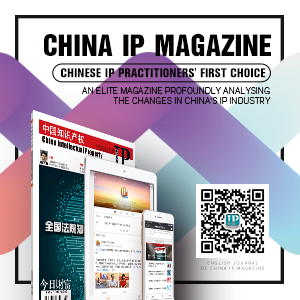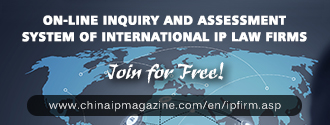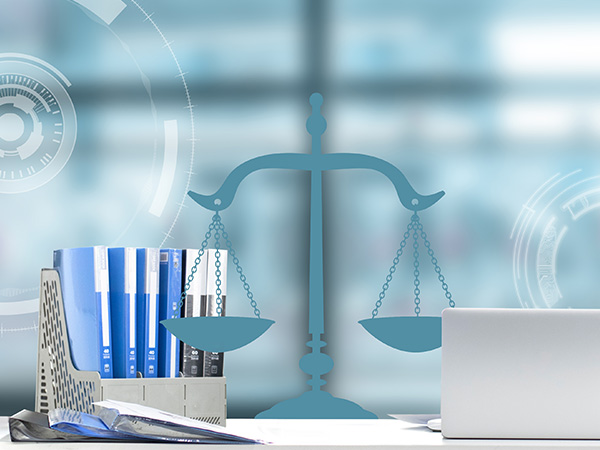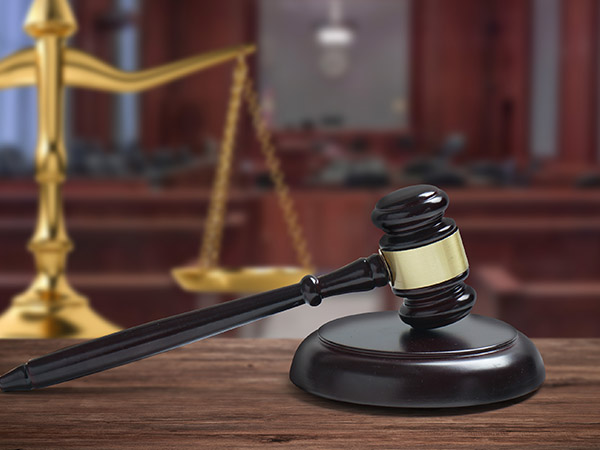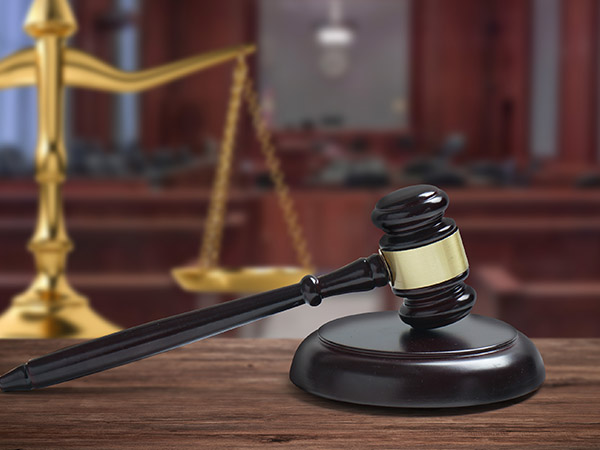【Case Basics】
Guangzhou Tianci Company and Jiujiang Tianci Company claimed that Hua Mou, Liu Mou, Anhui Newman Company, Wu Mou, Hu Mou, Zhu Mou, and Peng Mou had infringed their "Kabo" manufacturing technology secrets and filed a lawsuit with Guangzhou Intellectual Property Court, requested an order to stop the infringement, compensate for losses, and an apology. The Guangzhou Intellectual Property Court determined that the alleged infringement constituted an infringement of the technical secrets involved, considering the intentional infringement and the infringement circumstances, and applied 2.5 times the punitive damages. Guangzhou Tianci Company, Jiujiang Tianci Company, Anhui Newman Company, Hua Mou and Liu Mou all refused to accept the judgment of the first instance and appealed to the Supreme People's Court. The second instance of the Supreme People's Court held that the alleged infringement constituted an infringement of the technical secrets involved, but the first-instance judgment did not fully consider the contribution of the technical secrets involved in determining the amount of infringement compensation and did not fully consider the subjectivity of the infringer when determining punitive damages. Serious circumstances such as the degree of malice and the use of infringement, the scale of infringement, the long duration, and the existence of obstructive acts of proof, so based on maintaining the first-instance judgment on the suspension of infringement, the application of punitive damages was calculated at five times the top amount. Moreover, the sentence was changed to Anhui Newman to compensate Guangzhou Tianci Company and Jiujiang Tianci Company for economic losses of 30 million yuan and reasonable expenses of 400,000 yuan. Hua, Liu, Hu and Zhu paid the aforementioned compensations of joint and several liabilities within the range of 5 million yuan, 30 million yuan, and 1 million, 1 million, respectively.
【Typical Significance】
This case is the first case of punitive damages for infringement of intellectual property rights to be judged by the Supreme People's Court. The judgment of the case fully considered the subjective malice of the accused infringer, the business of infringement, the hindrance of proof, the duration of the accused infringement, the scale of infringement, etc.; applied punitive damages, and finally determined the highest multiple (five times) of the statutory punitive damages amount of compensation, which sends a solid signal to strengthen the judicial protection of intellectual property rights.




